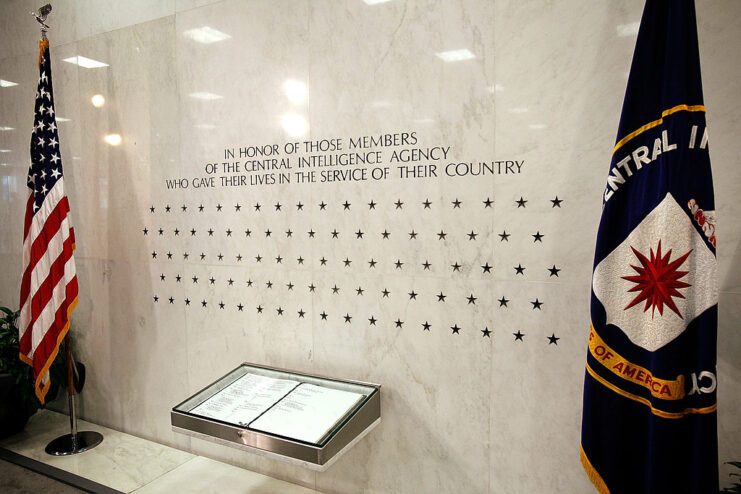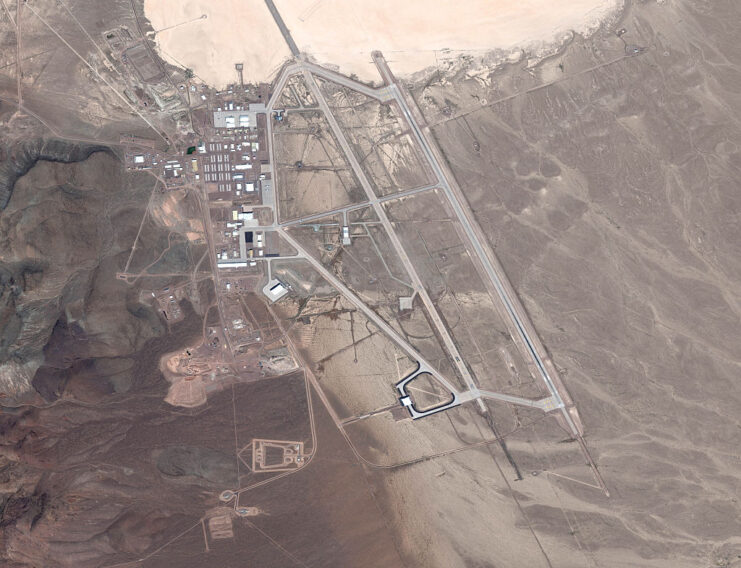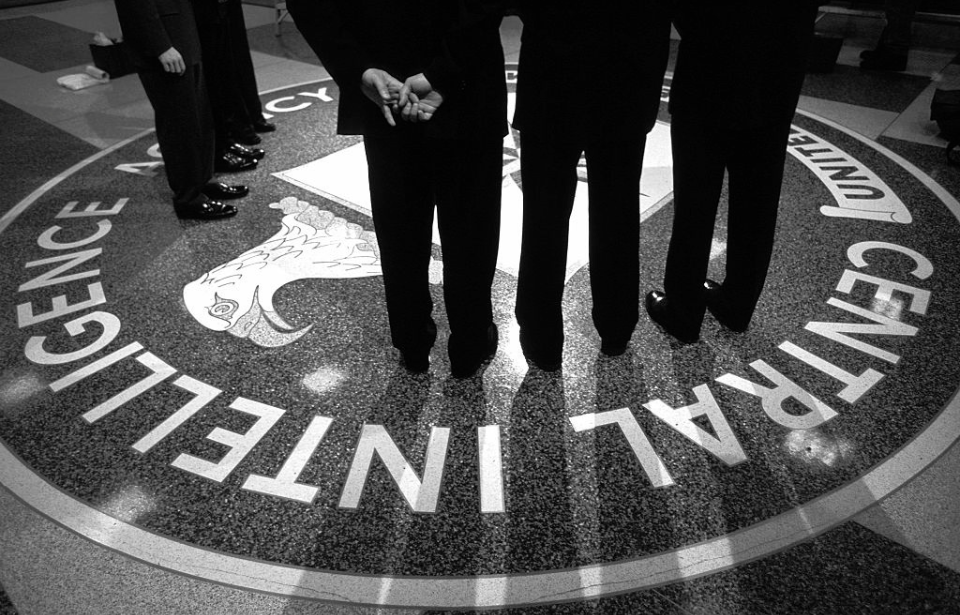The CIA is known for operating in secret, with most of its missions hidden from public view. Since its establishment in 1947, the Central Intelligence Agency has carried out thousands of covert operations around the world. Its success often depends on how well agents can blend in, collect information, and shape global events without being noticed. While most of this work remains classified, occasional leaks and whistleblower reports have offered rare glimpses into the agency’s secret world.
Here’s a closer look at some of the CIA’s most closely guarded operations and secrets.
The CIA spent $20 million on Operation Acoustic Kitty

In the 1960s, the CIA undertook a peculiar mission: using cats to listen in on critical conversations. Yes, you read that correctly—cats. To clarify, it was just one feline involved before the project was scrapped, but that doesn’t make the concept any less strange.
During a one-hour procedure, the CIA implanted a microphone, transmitter, and antenna wire inside the cat, intending for it to complete its task without arousing suspicion. However, the mission faced major challenges, mostly related to the animal’s training—or the lack thereof. The cat often disregarded its mission, choosing to follow its natural instincts instead.
Called Operation Acoustic Kitty, the initiative was officially terminated in 1967, but not before the CIA had already spent $20 million learning what most people already knew: cats will always do as they please.
The only Starbucks where you don’t need to give your name

CIA agents work long hours, so it’s not surprising that the agency’s headquarters in Langley, Virginia, has its own Starbucks. But this Starbucks is different than the average franchise you find in other places.
The staff here are trained to identify faces instead of using names, and they go through much tougher security checks than the average Starbucks employee.
Agents’ names are kept on a secret memorial

Many people may not realize that the CIA has a memorial dedicated to agents who have died in the line of duty. Located at the agency’s headquarters in Langley, Virginia, the memorial features a star for each fallen agent, with a new one added for every loss. Currently, there are 140 stars on the memorial.
Interestingly, many of these stars are not accompanied by names, preserving the secrecy of the agents even after their deaths.
Using popular music for… torture?

The CIA and its agents are certainly no strangers to weird and controversial activities related to torture. Out of the methods we know about, the strangest is arguably the use of popular music. What’s more, it’s not just one type of music that’s used.
According to a report dubbed Out of the Darkness, songs by Irish pop group Westlife was used to torture a man at a “black site.” Another report, this time by Human Rights Watch, also detailed the use of songs by rappers Eminem and Dr. Dre, with it having also been reported that music from the Red Hot Chili Peppers has also been played.
The latter’s music features heavy guitar riffs, which are said to cause distress among those held captive.
Is the CIA to blame for the Unabomber?

Ted Kaczynski, better known as the Unabomber, remains one of the most notorious criminals in American history. Throughout the 1970s and 1980s, he carried out a nationwide bombing campaign by mailing homemade explosives, creating a wave of fear that lasted for nearly two decades before his capture in the 1990s.
One intriguing aspect of Kaczynski’s background is his involvement in a CIA-funded study during his sophomore year at Harvard. As part of the experiment, undergraduate students were asked to write essays expressing their deeply held personal beliefs. These essays were then harshly critiqued by an anonymous reviewer while the students’ physical and emotional responses were closely monitored.
Kaczynski’s brother, David Kaczynski, later suggested that this intense and humiliating experience may have played a role in shaping Ted’s later behavior, possibly contributing to his deep mistrust of authority and eventual descent into violence.
The CIA only confirmed Area 51’s existence in 2013

To the dismay of many worldwide, the official disclosure revealed the base to be nothing more than a testing ground for classified military aircraft and aerial systems. In 2019, the CIA may have second-guessed acknowledging its existence when over two million people jokingly planned to Naruto-run into the facility to “free the aliens,” creating a nationwide security concern.
The CIA may have hired Saddam Hussein

Some people think the CIA hired Saddam Hussein in the 1950s, hoping to eventually make him the leader of Iraq. Back then, the U.S. government was concerned that Iraq’s Prime Minister, ‘Abd al-Karīm Qāsim, might support Communist ideas, and they wanted to remove him from power to prevent that.
United Press International reported this story after speaking with former diplomats, U.S. intelligence officials, and scholars. Notably, the CIA declined to comment on the matter.
Giving unsuspecting individuals illicit substances

The CIA has a famous history of experimenting with LSD, especially through Project MKUltra. The agency wanted to know if it was possible to control someone’s mind, so they began a secret project in the 1950s called “Operation Midnight Climax.”
Instead of giving people LSD themselves—which would have been illegal—the CIA hired female street workers in San Francisco to administer the substance for them. These women would bring men back to specially prepared safe houses. There, the men were unknowingly dosed with LSD before any other activities took place. The houses were equipped with one-way mirrors so CIA agents could secretly watch and record the effects of the drug.
Not surprisingly, this operation was full of serious ethical problems. The CIA ultimately abandonded this line of research in 1963.
Using Viagra as a bargaining chip

In exchange for information, the CIA has a long list of payment methods that can be used as an alternative to money. An example of this comes from the Vietnam War, when Vietnamese farmers hired by the agency were paid in tools, rather than money, as the items were of more use.
More from us: There’s a Big Difference Between the FBI and CIA
Another notable example occurred during the War in Afghanistan, with agents offering an Afghan chieftain Viagra in exchange for information on Taliban activities in the region. This was a much safer option than money and weapons, as the latter could fall into the wrong hands.
